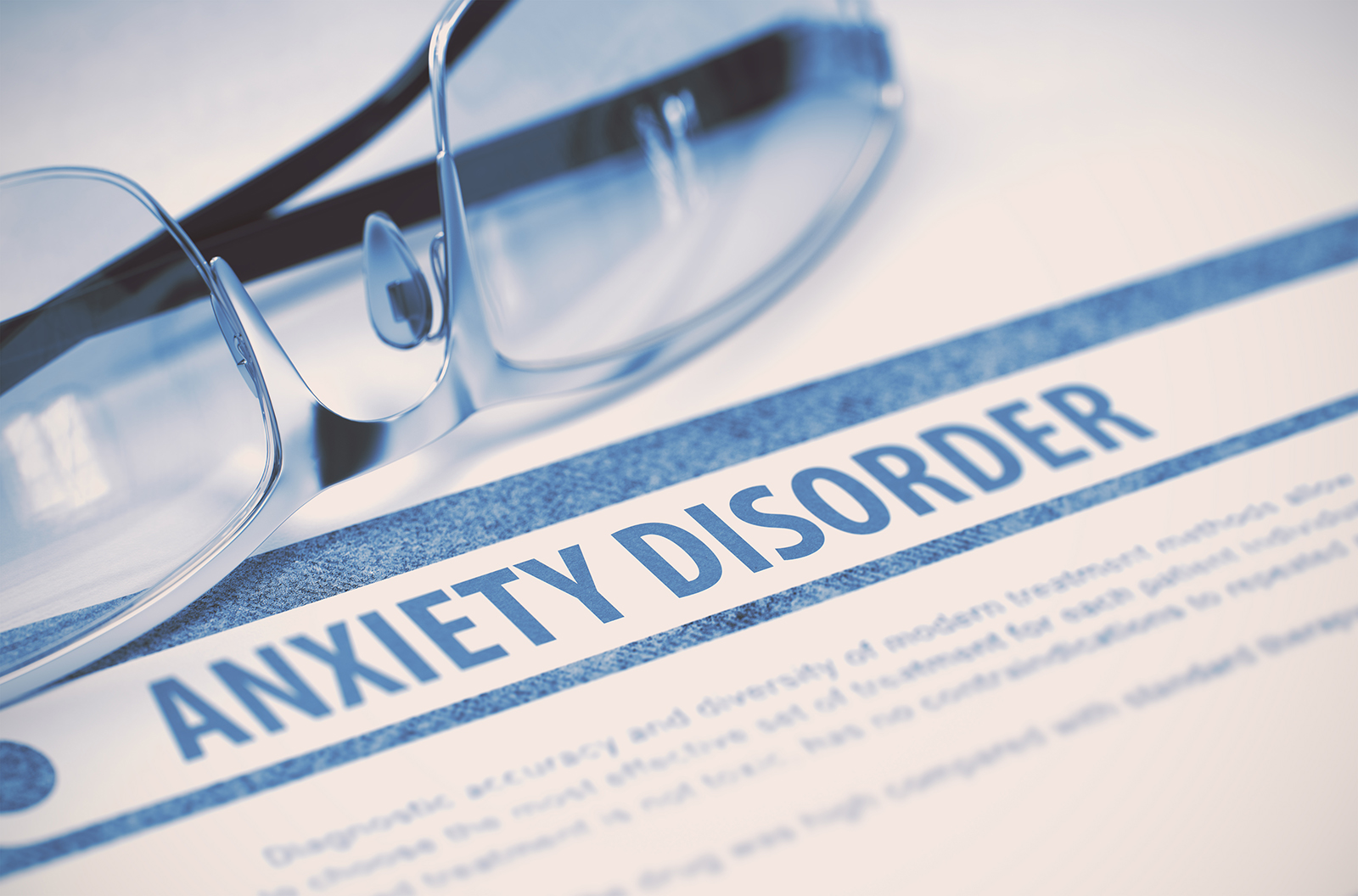9 signs you could have an anxiety disorder (and what that means)
By Anthony Berrick | December 11, 2018

What is anxiety?
Anxiety is an unpleasant (but perfectly normal) emotional state associated with the perception of threat. Although it can at times be extremely uncomfortable, anxiety is a very helpful emotion to have in the presence of potential danger, as it motivates safety behaviours that can protect us from harm.
A closely-related concept to anxiety is 'fear', although these terms are often used interchangeably. Technically speaking, anxiety is defined as "the anticipation of future threat", and is associated with features such as muscle tension, vigilance in preparation for danger, and cautious or avoidant behaviours.
On the other hand, fear is defined as "the emotional response to imminent threat (real or perceived)" and is associated with autonomic arousal (e.g. rapid heart-rate, sweating), thoughts of immediate danger, and escape behaviours.1
If you hear someone say "I have anxiety", what they're probably referring to is not anxiety per se (we all have anxiety), but an anxiety disorder, which is something different altogether.
What is an anxiety disorder?
In an anxiety disorder, fear or anxiety are excessive and persistent and result in significant functional impairment. This definition is highly subjective - what might seem 'excessive' or 'significant' to one person, may seem quite normal to another.
In fact, there are no objective, specific diagnostic tests for anxiety disorders.2 Rather, an experienced clinician, such as a psychologist or psychiatrist, will make a diagnosis based on an extensive clinical interview and the use of standardised assessment tools to measure symptom severity.
Some anxiety disorders are defined by the characteristic behaviours that occur in response to feelings of anxiety (e.g. obsessive-compulsive disorder), others by the type of situations or objects which induce the anxiety (e.g. social phobia), some by how the disorder develops (e.g. post-traumatic stress disorder), and others by the types of thoughts that typically occur (e.g. generalised anxiety disorder).
The latest editions of the diagnostic manuals of the American Psychiatric Association (DSM-5) and the World Health Organisation (ICD-10) list a combined total of over fifty different anxiety-related disorders.
Each disorder is defined by a number of specific diagnostic criteria, but the common feature of all anxiety disorders is the problematic relationship that the person has with fear or anxiety - one in which the anxiety itself often comes to be seen as dangerous or harmful - which causes them significant functional impairment.
How do I know if I have an anxiety disorder?
As you can see, diagnosing an anxiety disorder isn't straightforward at all, and there are no objective tests that individuals can use to self-diagnose; the only way to get an accurate diagnosis is by consulting a specialist clinician.
However, if you answer 'yes' to some of the following questions it's possible that you have an anxiety disorder or could benefit from psychological therapy:
- Have you missed important work or social events because of anxiety?
- Does anxiety regularly stop you from getting a good night's sleep?
- Do you find yourself spending a lot of time worrying about the future?
- Do you avoid certain places, objects or situations because they make you anxious?
- Do you frequently try to block out upsetting or scary thoughts?
- Do you find yourself feeling anxious in situations that other people seem not to?
- Do you ever self-medicate (with drugs, alcohol etc.) to control your anxiety?
- Do you feel fearful about experiencing feelings of anxiety?
- Are you experiencing increasingly severe feelings of anxiety over time?
1. American Psychiatric Association (2013). Diagnostic and statistical manual of mental disorders, 5th edition (DSM-5). Washington, DC, United States: American Psychiatric Publishing.
2. Griez, E. J. L., Faravelli, C., Nutt, D., & Zohar, J. (Eds.). (2001). Anxiety Disorders. Chichester: John Wiley & Sons Ltd.
3. Lovibond, S. H. & Lovibond, P. F. (1995). Manual for the depression anxiety stress scales (2nd ed). Psychology Foundation of Australia, Sydney, N.S.W.
+61 423 089 645


